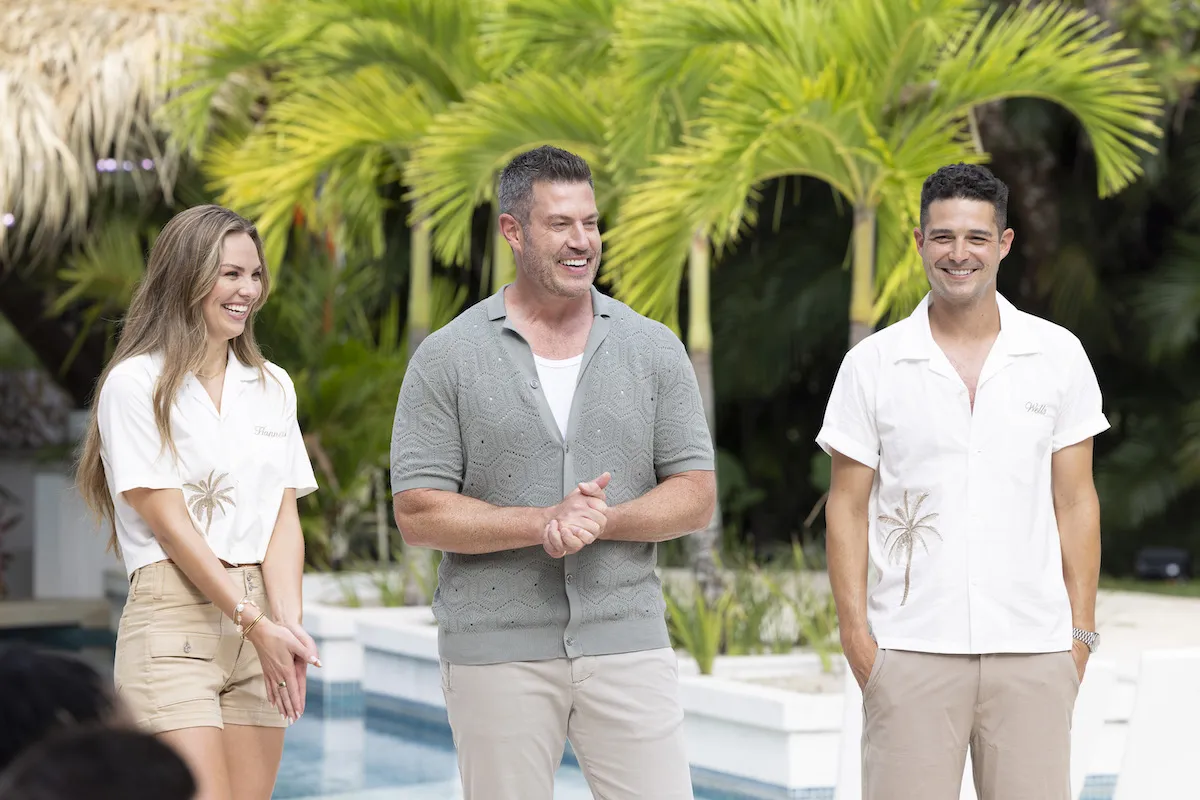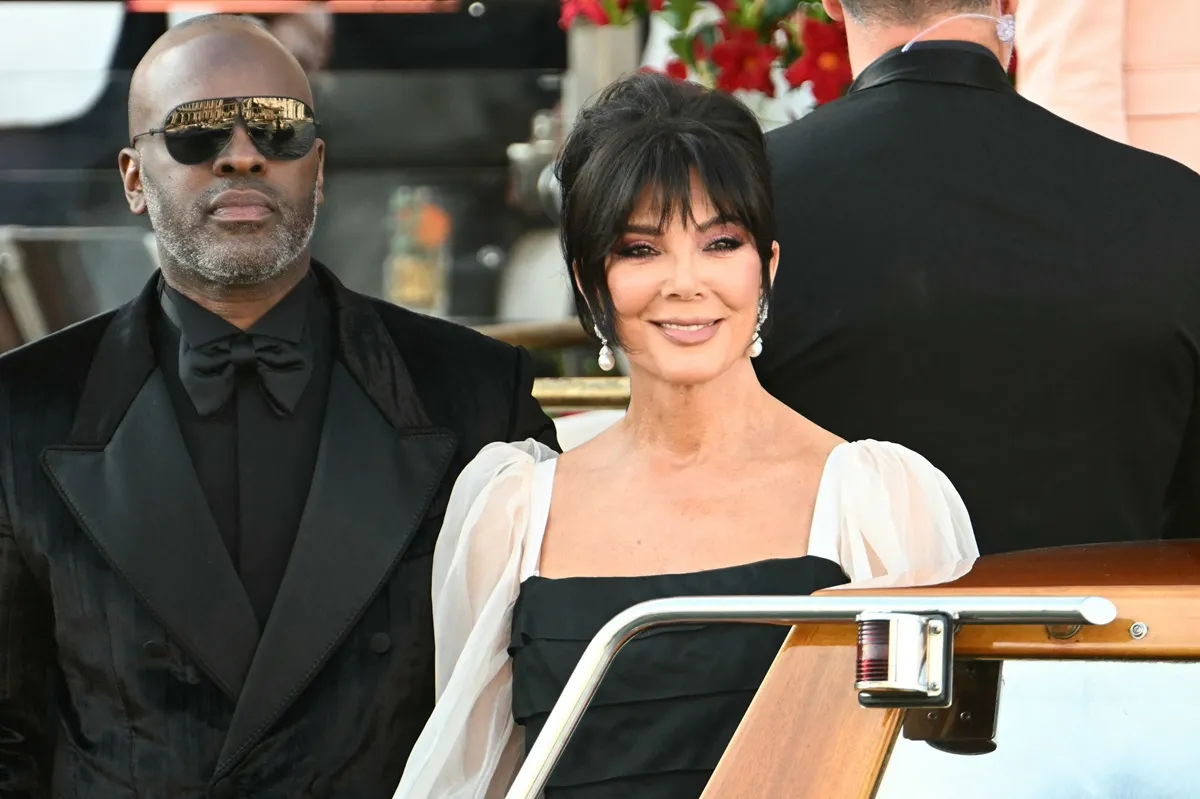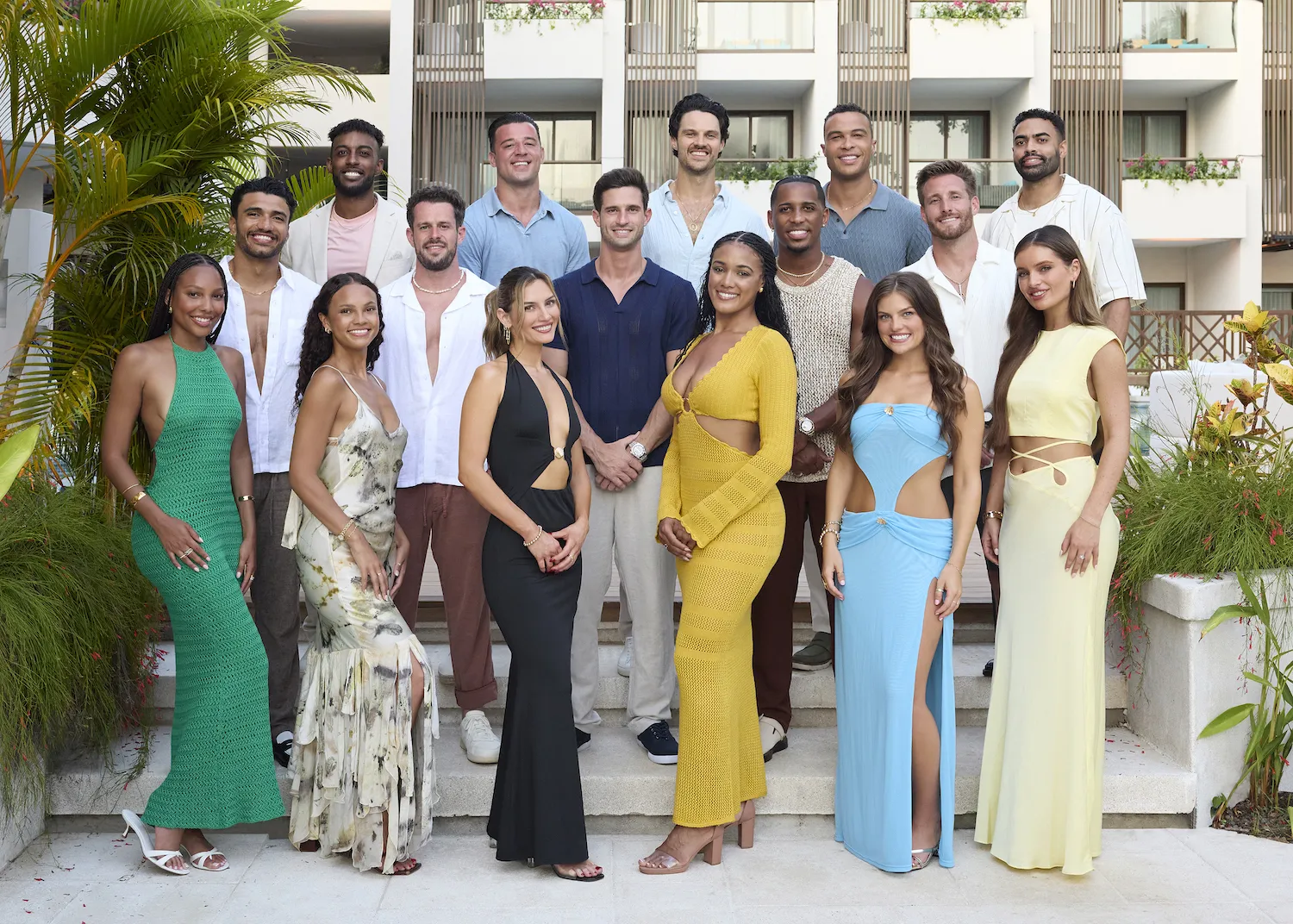Did Paul McCartney Tell Ringo How to Play Drums on Beatles Songs?
By the time The Beatles got to the late 1960s, they were squabbling about a number of things. Among them, George Harrison greatly resented the lack of respect he got from John Lennon and Paul McCartney. That led to arguments with Paul and a bona fide fistfight with John in early 1969.
But the list didn’t begin to end there. John was beyond tired with Paul’s so-called “granny music” and let him know about it whenever they worked on tracks like “Maxwell’s Silver Hammer.” Meanwhile, Paul was disappointed John wouldn’t let him play on tracks like “Come Together.”
As for Ringo Starr, the Beatles’ drummer would get down on himself when he felt he wasn’t playing his best. It didn’t help that Paul and John would criticize him in the studio at these moments.
When Paul felt he had ideas for Ringo to try out on drums, he wouldn’t be shy about telling him. The Beatles’ chief engineer witnessed Paul’s “coaching” of Ringo on several occasions.
Paul often had suggestions for Ringo on his drum parts.
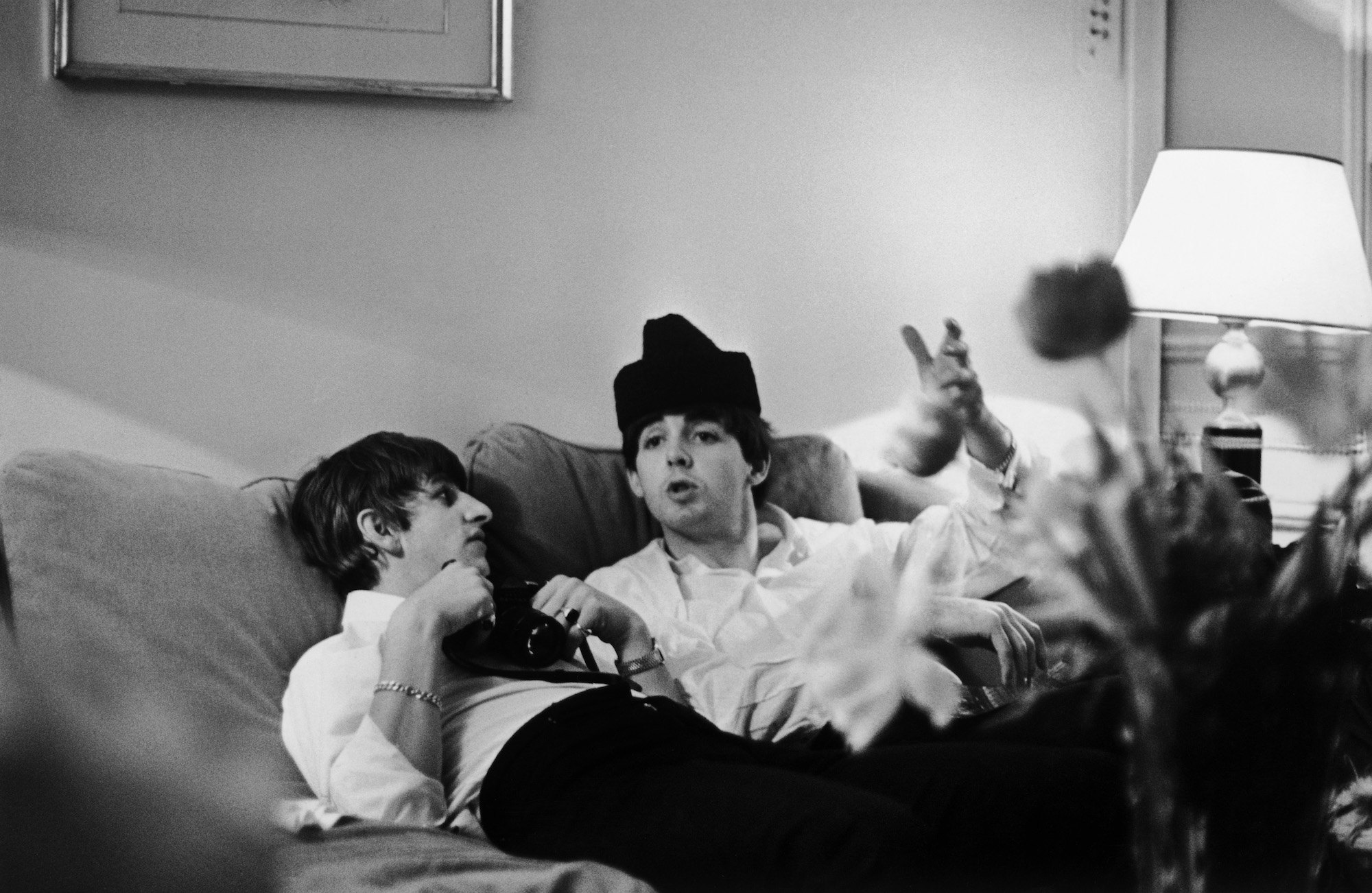
When Ringo replaced Pete Best in 1962, he naturally expected to record with the band at their first session at EMI with producer George Martin. But Martin didn’t consider Ringo ready after hearing him play the drums. (The Beatles had just fired Best for the same reasons.)
That meant Ringo played the tambourine while a session drummer hired by Martin worked with the band. And the dings to Ringo’s ego didn’t stop there. In 1966, when Geoff Emerick became the Beatles’ engineer for Revolver, he noticed Paul directing Ringo on the drums for “Tomorrow Never Knows.”
Emerick wrote in his book Here, There and Everyhwere that Ringo listened to instructions from other band members for a number of reasons, including because he was “the last of the four Beatles to join.” And Paul was usually the one giving those directions.
Following the death of Beatles manager Brian Epstein, Emerick saw Paul’s coaching — all the way down to banging a tambourine so Ringo could keep time — as a noble gesture. However, Ringo would take offense to it soon enough.
Complaints about Ringo’s drumming continued through ‘Abbey Road.’
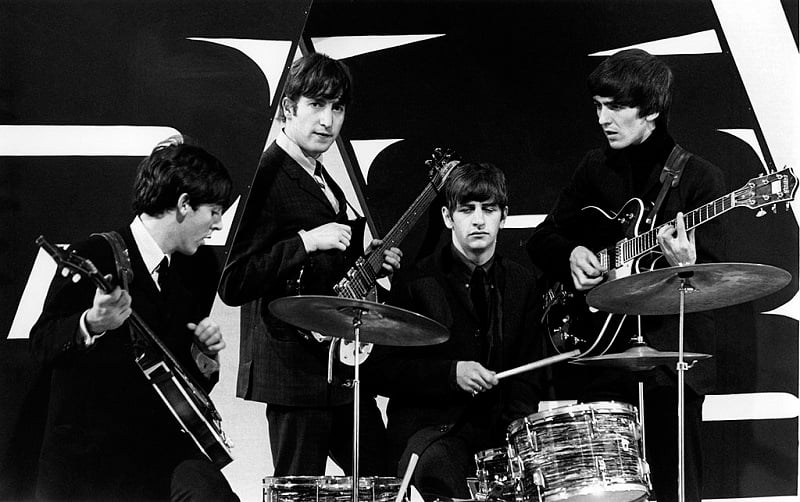
By the time they recorded The White Album (1968), Ringo wasn’t taking kindly to his Paul’s suggestions. In fact,it was part of the reason Ringo walked out on the group in the summer of ’68.
It might sound crazy, but John and Paul had complaints with Ringo’s drumming even on the last tracks on the band’s final studio album (the Abbey Road medley John hated so much). Some seven years after welcoming his aboard, they still weren’t above criticizing their drummer.
During the part in which “Polythene Pam” ran into “She Came in Through the Bathroom Window,” John actually said Ringo “sounded like Dave Clark.” As Emerick noted, that was certainly not a compliment.
After getting the complaints, Ringo stayed late to improve his drum part. Since the Apple studios by then had eight-track equipment, the engineers were able to get his improved drums on the song without erasing the original. But it was not a happy day for Ringo.
Also see: Why John Lennon and Paul McCartney Treated George Harrison Like a Lesser Beatle
